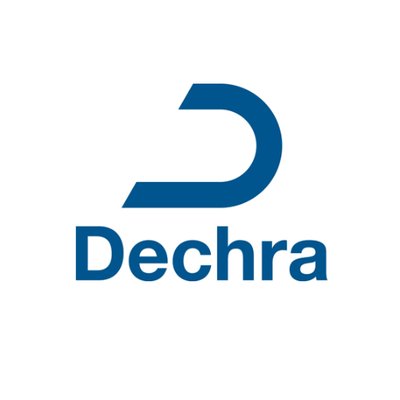Category: T

Royal Mail Tracked 24 (Signed For)

Royal Mail Special Delivery Guaranteed by 1pm

| Category | POM-V |
| Temperature | Ambient |
| MA/VM/EU No: | 16849/4035 |
| Species |
|
| VMD Link | https://www.vmd.defra.gov.uk/productinformationdatabase/files/SPC_Documents/SPC_343655.PDF |
| NOAH Link | |
| Dosage | Amounts to be administered and administration route For oral administration. The recommended starting dosage of levothyroxine sodium is 10 µg/kg body weight orally every 12 hour. Because of variability in absorption and metabolism, the dosage may require alterations before a complete clinical response is observed. The initial dosage and frequency of administration are merely a starting point. Therapy has to be highly individualised and tailored to the requirements of the individual dog. When initiating dosing of dogs weighing less than 5 kg body weight, a quarter of one 200 μg tablet should be administered once daily. Such cases should be monitored carefully. In the dog, absorption of levothyroxine sodium may be affected by the presence of food. The timing of treatment and its relation to feeding should therefore be kept consistent from day to day. To adequately monitor therapy, trough values (just prior to treatment) and peak values (about three hours after dosing) of plasma T4 can be measured. In adequately dosed dogs peak plasma concentration of T4 should be in the high-normal range (approximately 30-47 nmol/l) and trough values should be above approximately 19 nmol/l. If T4 levels are outside this range the levothyroxine dose can be adjusted in 50-200 µg increments until the patient is clinically euthyroid and serum T4 is within the reference range. Plasma T4 levels can be retested two weeks after change of dosage, but clinical improvement is an equally important factor in determining individual dosage and this will take four to eight weeks. When the optimum replacement dose has been attained, clinical and biochemical monitoring may be performed every 6-12 months. To break a tablet accurately and easily, place the tablet score side up and apply pressure with your thumb. To break the tablet in two parts; hold one half of the tablet down and press down the other half. Overdose Following administration of overdoses thyrotoxicosis could occur. Thyrotoxicosis as a side effect of mild over-supplementation is uncommon in dogs, owing to the canine ability to catabolize and excrete thyroid hormones. In case of accidental intake of large amounts of the veterinary medicinal product absorption can be decreased by induction of vomiting and oral administration of both activated charcoal and magnesium sulphate once. Overdoses of three up to six times label recommended starting dose for 4 consecutive weeks in healthy, euthyroid dogs resulted in no significant clinical signs that could be attributed to treatment. Single overdose up to 3-6x the recommended dose does not pose a threat to the dog, and no actions are necessary. However, following chronic over-supplementation, clinical signs of hyperthyroidism such as polydipsia, polyuria, panting, weight loss without anorexia, and either or both tachycardia and nervousness may theoretically occur. The presence of these signs should result in evaluation of T4 serum concentrations to confirm the diagnosis, and immediate discontinuance of the supplementation. Once the signs have abated (days to weeks), the thyroid dosage has been reviewed, and the animal has fully recovered, a lower dosage may be instituted, with the animal being monitored closely. |
| Withdrawals |